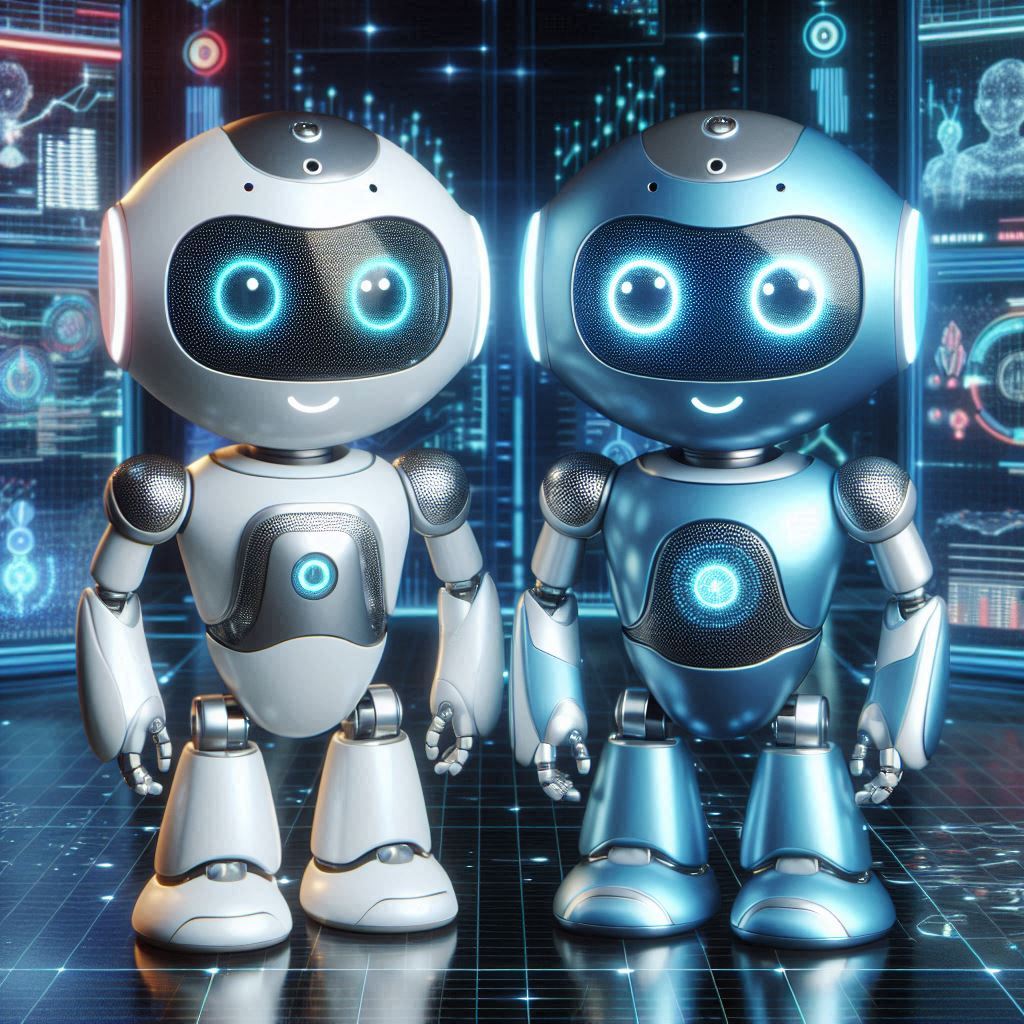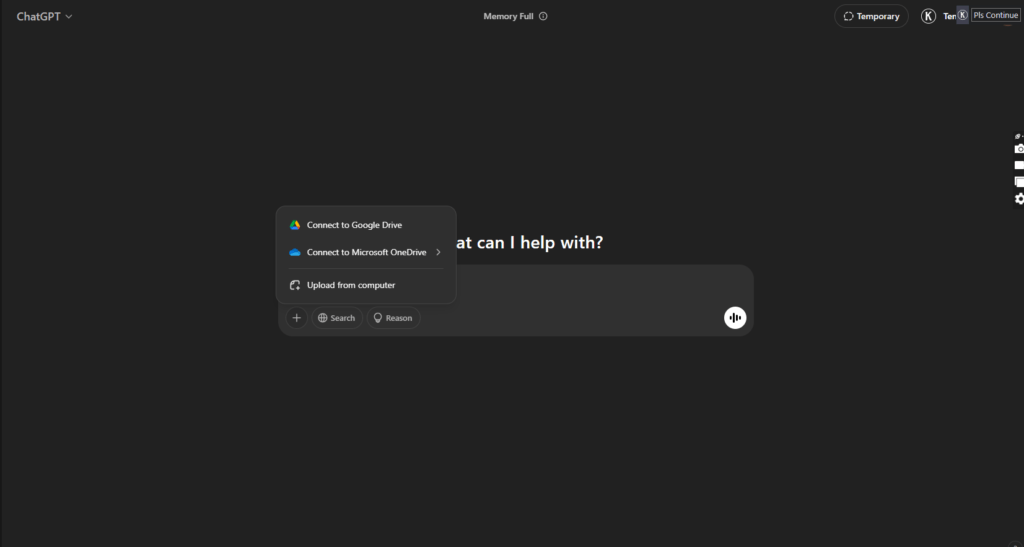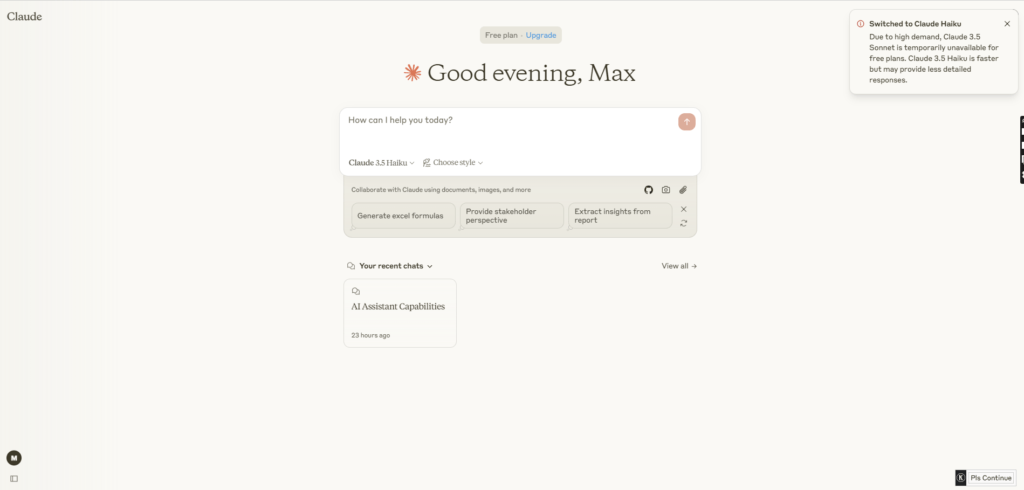
Artificial Intelligence is evolving at lightning speed, and at the forefront of this revolution are two powerhouses: OpenAI’s GPT-4 and Anthropic’s Claude 3. Whether you’re a developer, researcher, business owner, or just an AI enthusiast, choosing the right model matters. So let’s break it all down.
Both models are pushing boundaries in natural language processing, but each has its own strengths. GPT-4, developed by OpenAI, is known for its exceptional performance in complex reasoning, code generation, and multilingual capabilities. On the other hand, Claude 3, from Anthropic, stands out with its strong contextual understanding, safety features, and conversational depth.
Performance Comparison: Who Does It Better?
A detailed comparison by Kanerika highlights key performance differences. According to their analysis:
“Claude AI and GPT-4 are two of the most prominent generative AI tools available today. While both exhibit advanced reasoning and problem-solving capabilities, GPT-4 outperforms Claude in areas like coding, logic, and mathematical content, particularly in text formats.”
So, if your work involves programming, technical writing, or complex logic handling, GPT-4 might be your go-to. However, if you prioritize safer AI responses, more human-like conversations, or long-context understanding, Claude 3 offers a compelling edge.
⚔️ Quick Comparison Table
| Feature | GPT-4 (OpenAI) | Claude 3 (Anthropic) |
|---|---|---|
| Release Date | March 2023 (GPT-4), GPT-4 Turbo (Nov 2023) | March 2024 (Claude 3 family) |
| Variants | GPT-4, GPT-4 Turbo | Claude 3 Haiku, Claude 3 Sonnet, Claude 3 Opus |
| Context Window | Up to 128K (GPT-4 Turbo) | Up to 200K tokens |
| Language Understanding | Excellent | Excellent (stronger at longer contexts) |
| Reasoning & Logic | Superior, especially in complex tasks | Great, but GPT-4 often edges ahead |
| Coding Ability | Industry-leading | Strong, but slightly behind GPT-4 |
| Speed | GPT-4 is slightly slower (non-Turbo) | Claude 3 Sonnet is faster |
| Pricing | Slightly higher (OpenAI API) | Competitive pricing via Anthropic API |
| Safety & Alignment | Well-aligned with fine-tuning | Strong safety-first model design |
| Ideal Use Cases | Coding, content creation, research | Long-document summarization, safe outputs |

🔍 GPT-4 – Deep Dive
GPT-4, developed by OpenAI, is widely regarded as the most capable language model in terms of versatility and reasoning. It’s used in:
ChatGPT Plus & Enterprise
Coding assistants (like Copilot)
Research & data analysis tools
Custom AI apps
Strengths:
Complex logic solving
Creative writing (stories, blogs, marketing copy)
Programming tasks (multiple languages, debug, documentation)
Highly optimized responses in structured environments
GPT-4 Turbo variant is even more cost-efficient and handles up to 128K tokens, making it perfect for longer conversations or documents.

🔍 Claude 3 – Deep Dive
Claude 3, by Anthropic, is the latest advancement in safety-first AI architecture. Named after Claude Shannon (father of Information Theory), the Claude series emphasizes reliability, long-context understanding, and helpfulness.
Claude 3 Opus is the most powerful version and competes head-to-head with GPT-4 in most tasks.
Strengths:
Massive 200K token context window – ideal for summarizing books, contracts, research papers
Clean, safe, and grounded answers
Better at handling large documents and maintaining coherence
Faster and more affordable options (Haiku, Sonnet)
📌 When to Use GPT-4?
You need accurate code generation
You’re writing technical content
You want advanced problem-solving
You need ChatGPT plugins, tools, or browsing capabilities
📌 When to Use Claude 3?
You’re dealing with large documents
You prefer structured and safe outputs
You’re focused on summarization and alignment
You need cost-effective performance models like Sonnet or Haiku
Real-World Reference: Claude 3 vs GPT-4 – A Performance Breakdown
To support this comparison, there’s a detailed analysis published by Kanerika that dives into the strengths and differences between Claude 3 and GPT-4. According to their findings, “Claude AI and GPT-4 are two of the most prominent generative AI tools available today. While both exhibit advanced reasoning and problem-solving capabilities, GPT-4 outperforms Claude in areas like coding, logic, and mathematical content, particularly in text formats.”
You can check out their in-depth breakdown here: Claude 3 vs GPT-4 – Kanerika
This gives further credibility to the evaluation between the two models and helps highlight which model may be better suited for specific tasks depending on your use case.
💡Final Verdict
Both models are top-tier and continue to push boundaries.
If you need raw intelligence and coding power, go with GPT-4.
If you want contextual depth and safety-first design, go with Claude 3 Opus.
But honestly? You can’t go wrong with either — it just depends on what you’re building.

One Comment
[…] is a natural evolution from BEX, combining the strength of industrial robotics with AI-powered movement […]